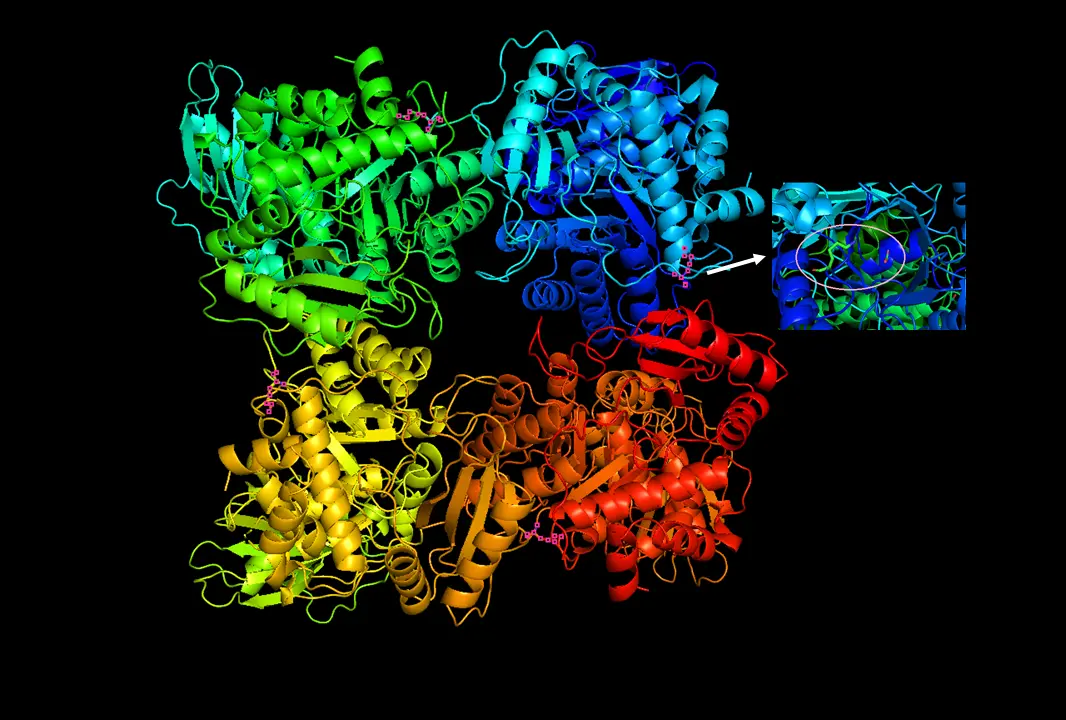The days of the perfect-looking yard – often lawns that guzzle copious amounts of water to stay green – may soon be gone.
Homeowners are increasingly opting to “re-wilding” their homes, incorporating native plants and decreasing the amount of lawn care to make their properties more sustainable and encourage natural ecosystems to recover, according to Plan It Wild, a New York-based native landscape design company.
About 30% of the water an average American family consumes is used for the outdoors, including activities such as watering lawns and gardens, according to the U.S. Environmental Protection Agency. In the West, where water is absorbed almost immediately by the sun or thirsty vegetation, outdoor water usage can increase to an average of 60% for the average family.
As concerns for the environment – as well as increasing utility bills – grow, so do homeowners’ preferences for how they decorate their yards.
Good first step is just seeding clover where grass is struggling.
Clover isn’t a normal part of lawns anymore because broadleaf herbicide kills clover too. But there is zero reason to use herbicide on a fucking lawn anyways.
But you barely need to mow clover if it’s dominant in an area. It “learns” the height you mow at, and just stops growing taller than that.
Like a 1/4 of my backyard only gets mowed once or twice a season, and it looks green as fuck because it’s denser. That ground covers helps retain moisture in the ground, feeds bees and bunnies, and with all the bunnies, I even get foxes.
Plus clover produces nitrogen, so it naturally spreads to the poor soil and improves it because it can out compete grass and even weeds. Insisting on an “all grass, only grass” lawn is some boomer shit.
Clover is so beneficial that pre-WW2, grass seed mixes almost always explicitly advertised clover content. If you look up 19th or early 20th century catalogs, etc, listings for grass seed will nearly always not only mention that they contain a clover mix, but tout its benefits.
As you note, it was only post-war with the creation of modern herbicides that clover stopped being the norm. There was more or less a DeBeers-style PR campaign to convince people that clover is a “weed” since it can’t survive weed killers.
We’ve already done our whole front yard in native plants, but we still have grass in the back, which is struggling because we live in CO and Kentucky bluegrass was never meant to grow in a desert with clay soil. My mom finally said I can have most/all of it removed and plant a native grass mix with clover next year. I’m so happy.
I mean, don’t remove it…
Just start using that stuff for bare spots. Plants spread on their own bro, you just got to establish a population first. Maybe it’ll cross pollinate and you’ll get some crazy new bluegrass that’s hardy.
Or it just gets replaced.
Let nature do it’s thing.
This is something the wife and I have looked at doing for our next house but is clover less resilient to dogs than grass? We were figuring on natural stuff for the front yard but keeping grass in the majority of the backyard because of our pets
Clover is better, it grows along the ground instead of straight up like grass So does a couple other kinds of broadleafs that will show up.
With grass if they dig in hard in one place it can kill the grass and then it’s bare, and likely going to stay that way for a while if you mow often. With clover the nearby strands just grow in to the empty space.
Like, if you got some huge dogs in a small yard that pace, it probably won’t matter. But just letting them run around in an open area you’ll be fine.
There will be bunnies back there tho. Even if you have a good fence, they’ll break in for the clover.
Is there a fucklawns lemmy community?
Yes of course there is. There is a community for all “fuck*”
.
What kinda shrub is housing the rabbits?
.
Only problem is most of it’s bermuda, which is a fucking PAIN to get rid of by hand
Get yourself an Action Hoe, you basically run it back and forth and it digs/cuts the roots out. It’s very upsetting how easy it makes weeding the first time you use it, turns an hour long job to something you can do in 15 min.
Do you mind sharing pictures of what this looks like?
.
That’s really freaking cool! Thanks for sharing! What was the work effort for this amount of progress? I’d like to do this with my next house.
.
Excellent! Now plant native fruit trees, bushes, brambles, and herbs and make a multilayered food forest!
You might appreciate this: https://slrpnk.net/post/20138177
Very cool! I hope they’re planting nuts, legumes, and herbs as well as fruit
“fruit trees, native trees, and other beneficial vegetation”
Seems likely. Even just “native trees” would almost need to include Inga species, which are legumes, and there are native Amazon nuts like Caryodendron orinocense that might also grow wild in the area.
deleted by creator
I can’t wait for this to some day turn into “Are Millennials Killing The Grass Industry?”
Fuck yes we are.
We keep spreading clover seeds. Waiting for it to take over. Fuck grass lol
I’ve spent the past few summers desperately trying to claw my lawn back from invasives. When we first bought our house I didn’t want to remove anything until after a year to see what everything was, because I knew nothing about plants. I planted some natives in bare locations, but didn’t realize just how crazy some of the vines and invasive species would be in claiming space.
I have an app on my phone for identifying plants. A few years ago, every ID said invasive from Asia or Europe. I cannot tell you how satisfying it is to see some native grasses and wildflowers finally taking hold in the areas that used to be Japanese Honeysuckle or pokeweed. But it was backbreaking, miserable work and I commend anyone who is fighting this fight.
What app do you use? I’ve been getting by with Google Lens but I’d love a more focused option.
My landlord is old and as poor as I am so when trees fall she’ll have someone chop it up and they take what they want, but most of the large branches are left. It’s been a few years now that a couple of trees fell and since the branches are left there the landscaper just goes around them and the area has become an awesome natural growth spot. I hope she never gets it removed!
Yep I’m doing it. I bought the parcel beside/behind my house and am letting those 3 acres 90% go back to natural.
You could add an animal to graze it a little… will reinforce some plants usually.
My neighborhood is showing a transition into gardens and native plants. Its interesting that it seems to be happening with both older (retired) neighbors and newer (young children) neighbors. Its helps that the local garden centers have been doing lots of natives and grass replacements.
Quick shout out to Prairie Moon to buy your seeds. Fall seeding is great for natives
Yeah it seems like it’s not a generational thing anymore but rather just a cultural shift
1/3rd of our backyard is native plants, and other 2/3rd is concrete. We have a table in the back that we normally like to hang during the day instead of staying inside. Sometimes reading, playing games on laptops, chatting, eating, etc.
We decided to let our backyard grow wild for a few months. Now we keep getting a lot of ten-lined June beetles, moths (lots of morning-glory plume moths), bees, blister beetles, lacewings, katydid, stink bugs, earwigs, among other bugs.
Never seen a ten lined June beetle until we did this. Their hissing freaked me out the 1st time I saw them. And their grips are so strong when trying to get them off our backyard curtain that we use to block the sun. They are pretty cool looking though, and huge!
We haven’t sat outside really in a couple months now because it isn’t that enjoyable when there are so many bugs around you, sometimes crawling on you, and sometimes ending up in my teacup or on my food plate. We’re probably going to cut it back again and maintain it more so that we can actually use our backyard again









